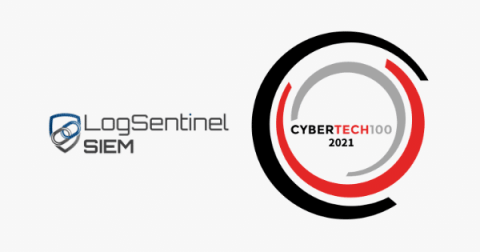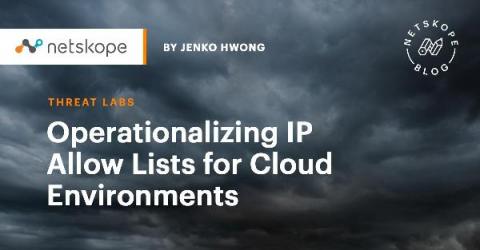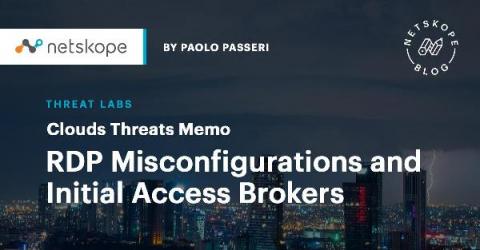Press Release: LogSentinel is among The CyberTech100 pioneering companies helping financial institutions
8th June 2021 Naarden, Netherlands – LogSentinel, the innovative next-gen SIEM provider, announced that it was included in the annual list of the world’s most innovative providers of cybersecurity solutions for the financial sector – CyberTech100. “We are thrilled that LogSentinel SIEM, our flagship product, was recognized by FinTech Global as one of the top 100 information security products for the financial industry.











